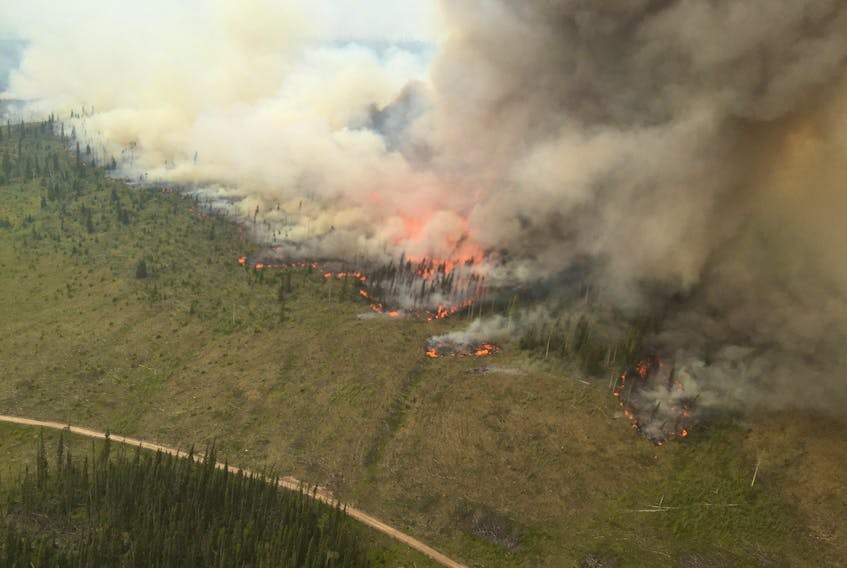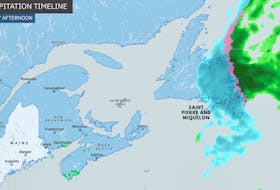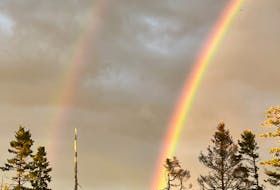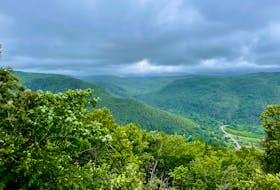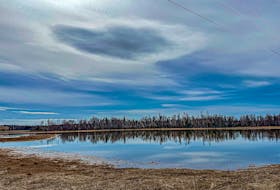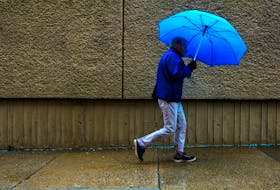
It’s been quite a summer, but it certainly didn’t start this way.
Do you remember what June was like? Not great! Overall it was cooler and wetter than normal; without exception, temperatures were two degrees below average and except for Corner Brook and Labrador City, the rainfall was almost double!
We complained at the time, but had we not had such a cool, wet start to summer, I can’t even imagine what the forest fire situation might be like here.
That brings me to a question I received one day last week: Ron Young wrote to ask if the large number of wildfires that are burning this summer might be contributing to the record heat many are experiencing in North America.
Generally speaking, heat waves are caused by large synoptic systems that create a blocking pattern. The gridlock in the atmosphere allows for a southerly flow on the west side of an area of high pressure that pulls in warm air – day, after day, after day. That scenario creates a cap, and warm air subsiding in the centre of the stalled high just keeps getting warmer.
So while the forest fires don’t create heat waves, heat waves bring on more forest fires. Forest fires have been increasing in number and that increase is linked to climate change. According to the Intergovernmental Panel on Climate Change, the world’s average temperature is 1.1 degrees Celsius warmer today than it was in 1880. A warmer planet will cause more water to evaporate off the landscapes, drying trees and grasses, which then burn more easily. That sets the stage for more fires.
Another major impact of climate change is increasingly severe storms. Severe storms carry a lot of energy. Experts estimate lightning across North America could increase by 15 to 30 per cent by mid-century.
As emissions of heat-trapping gases continue to rise, and global average temperatures continue to increase, we can expect even more of the extreme heat and related impacts we’ve been witnessing.
- Want more weather information? Your weather page.
- Have a weather question, photo or drawing to share with Cindy Day? Email [email protected]
Cindy Day is the chief meteorologist for SaltWire Network.

